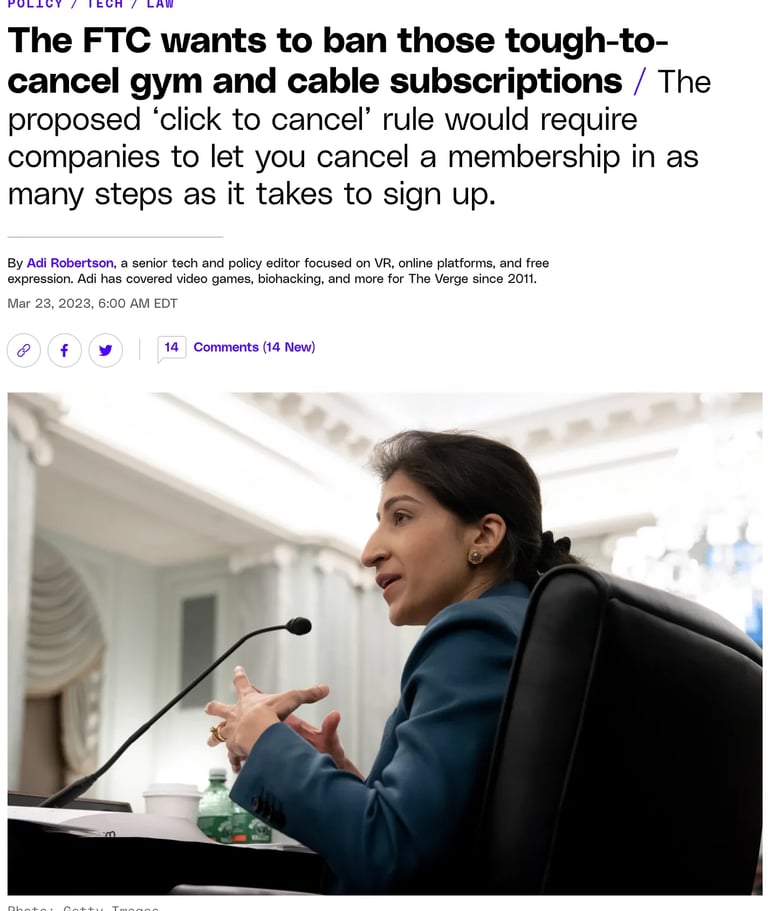Hot Tip #3: How to record credits given to customers
Gabriel Marechal
8/5/20252 min read


Hot Tip #3: How to record credits given to customers
New week, new tip dedicated to getting our friends in Finance and Rev Ops outside and running through sprinklers this summer not just spreadsheets.
This one goes out in particular to scaling SaaS organizations operating with an accounting system that is 𝐧𝐨𝐭 integrated with other systems from the Rev Ops tech stack.
🔥 𝐇𝐨𝐭 𝐭𝐢𝐩 #3: Record your credits in the same way – and ideally in the same platform – as your opportunities and contracts.
At many smaller scale organizations I’ve consulted for, the sales teams don’t track credits for cancelled contracts in Salesforce (or their CRM of choice) and if they do, it’s tracked in a way that doesn’t align with how the revenue was initially going to be recognized.
Let’s say a customer paid 12K for a 1-year contract and decided to cancel it halfway through, leaving 6K to be reimbursed.
❌ Often this is recorded separately from where or how the original contract is.
❌ Or if it is recorded, the -6K opp is applied over a day, a month, and in general without regard to the start or end dates, making it at best difficult or at worst impossible to report on accurately.
And it’s not just for straight cancellations, we also see this come into play when dealing with product switches mid-contracts (de-booking/re-booking anyone?).
So what’s the best practice for recording credits accurately?
✅ Keep your original closed won opportunity as-is (it represents the original contract).
✅ Create a new one (also closed won) that has the negative amount due and 𝐚𝐩𝐩𝐥𝐲 𝐬𝐭𝐚𝐫𝐭/𝐞𝐧𝐝 𝐝𝐚𝐭𝐞𝐬 that correspond to the portion of the contract being credited . In the above example, the -6k would be applied with a start date in month 7 and an end date in month 12 of the original contract.
✅ From there, if applicable, you can add whatever the new contract details are whether it be for a new product or new contract dates.
Think of it like an internet bill after you modify the service. You will see on the same invoice the credit for the remaining time of the original subscription (a negative line item) and then the addition of the new services (positive line item).
By aligning the credit dates with the actual remainder of the subscription (and if applicable on the new contract, new product or dates) the ARR, MRR, and other revenue KPIs for that account specifically and rolled up into the company metrics remain aligned and accurate with the revenue reality.
Oh… and side note: try to make this process as inexpensive and simple for your customer as possible. They shouldn’t have to deal with more administrative work or complicated cancellation hoops because it turns out the solution wasn’t a good fit.
Sometimes the way you let them go is what gets them to come back. For a clear lesson in what not to do, look no further than this linked article
ForecaaS Software
The Recurring Revenue Specialists for Salesforce
Questions?
© 2025. All rights reserved.
